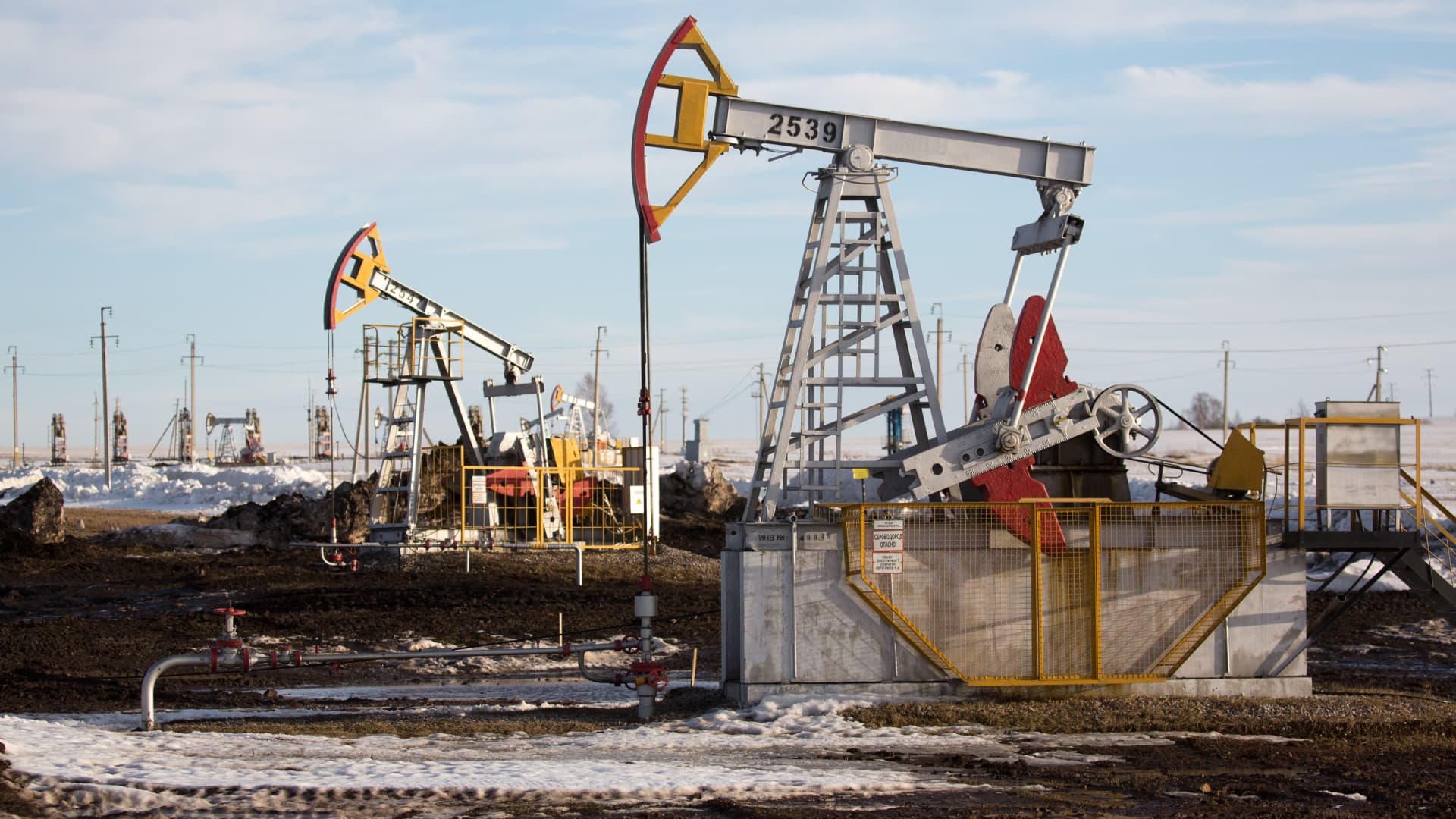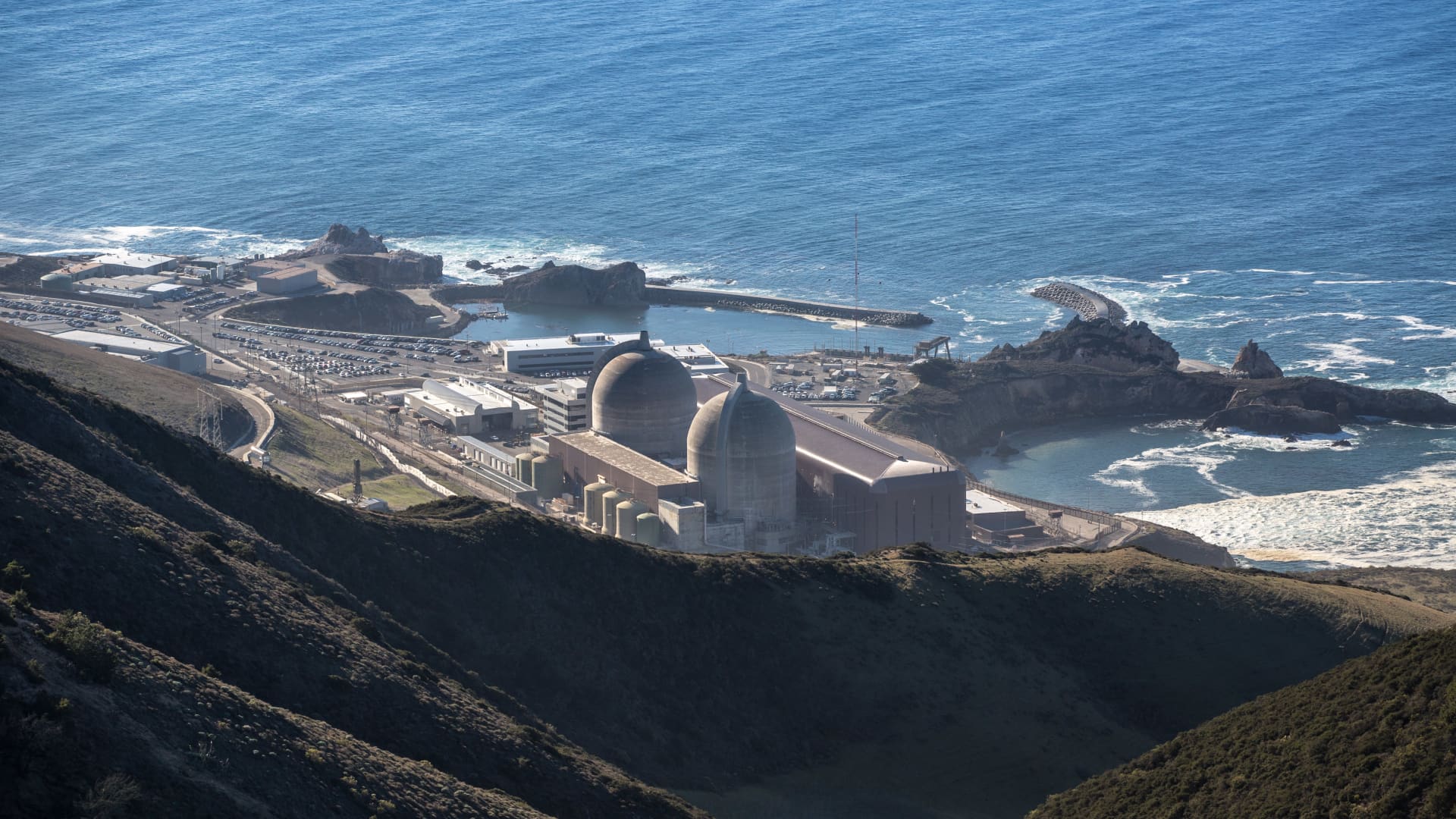Energy
Friday, October 20th, 2023 2:11 pm EDT
Key Points
- Siemens Energy’s Profit Warning and Ongoing Turbine Issues: Siemens Energy, a major player in the wind energy industry, abandoned its profit forecast and warned of costly failures at its wind turbine subsidiary, Siemens Gamesa, which are expected to persist for several years. This raised concerns about the broader wind energy sector’s challenges, and Siemens Energy is set to report a substantial net loss for the fiscal year.
- Analyst Reactions and Stock Declines: In response to these challenges, analysts and financial institutions like Morgan Stanley and Deutsche Bank have adjusted their assessments and price targets for wind energy companies. They anticipate significant difficulties in the coming year, with some even downgrading their outlook on these companies. Consequently, the stocks of major wind energy players, including Siemens Energy, Ørsted, and Vestas, have experienced substantial declines in value, impacting their market performance.
- Supply Chain and Reliability Concerns: A critical issue in the wind energy sector is the reliability of supply chains. ONYX Insight, an analytics firm that monitors wind turbines globally, conducted a survey revealing that 57% of industry leaders cited supply chain challenges as the primary obstacle to their operations. Delays in new projects, longer lead times for turbine supply, and significant price increases have disrupted operations. Additionally, the sector faces concerns about the reliability of aging wind turbine assets and challenges related to new turbine technology, with many industry experts expecting more reliability issues.
The wind energy industry is facing significant challenges, particularly related to supply chain reliability, and this has raised concerns among both stock analysts and industry leaders. Siemens Energy, a major player in the wind energy sector, garnered attention when it abandoned its profit forecast earlier this year. The primary reason behind this move was costly failures at its wind turbine subsidiary, Siemens Gamesa, which the company expects to persist for an extended period.
Siemens Energy is scheduled to report its fiscal fourth-quarter results, with its shares having already declined more than 35% year-to-date. In addition to turbine issues, the company reported a substantial increase in orders during the third quarter, driven by large orders at Siemens Gamesa and Grid Technologies. However, quality problems at Gamesa led to a forecast of a net loss for the fiscal year, amounting to 4.5 billion euros.
Analysts at Kepler Cheuvreux warned that despite prior profit warnings, Siemens Energy remains vulnerable to significant negative cash flow swings in the coming fiscal year. They anticipate that Siemens Gamesa will experience weak order intake in the first half of the year, coupled with significant delivery delays and increased customer penalty payments. These challenges are expected to overshadow the resilience of the company’s other divisions.
Morgan Stanley, while reducing its price target for Siemens Energy’s shares, retains an overweight long-term strategic position on the company’s stock. The valuation for Siemens Energy takes into account a negative value for the Gamesa division, which the analysts believe might have been overly penalized. They acknowledge the low visibility on Gamesa’s margin trajectory and the time required to rebuild investor confidence but remain optimistic due to the undemanding valuation and strong fundamentals of the Gas & Grid businesses.
Elsewhere in the wind energy sector, Deutsche Bank lowered its 12-month share price forecast for Danish wind energy producer Ørsted by 36% before its interim earnings report on November 1. Ørsted’s shares had already declined by half in value earlier in the year. Supply chain challenges, supplier delays, lower tax credits, and rising interest rates were some of the key issues contributing to the challenges in the wind turbine industry. Ørsted also raised the possibility of a 2.1-billion-euro impairment charge in its U.S. offshore wind portfolio.
Danish wind turbine manufacturer Vestas, despite securing significant orders, saw its shares drop by around 30% year-to-date. Concerns about reliability have affected the broader wind energy industry. Vestas is set to release its interim financial report for the third quarter on November 8.
According to ONYX Insight, an analytics firm owned by BP that monitors wind turbines worldwide, supply chains are the most significant challenge facing the wind energy sector. Senior personnel at over 40 wind turbine owners and operators were interviewed to assess industry sentiment, and 57% of respondents cited supply chain issues as the main obstacle to their operations.
The impacts of COVID-19 on manufacturing had only just begun to recede when the invasion of Ukraine by Russia and the subsequent inflation surge further disrupted supply chains. Participants in the survey reported delays in new projects due to longer lead times for the supply of turbines and significant price increases. This aligns with statements from original equipment manufacturers (OEMs), including Vestas, which noted a 29% increase in average selling prices for their wind energy solutions in their 2022 annual report.
Main bearings on newer turbines with larger rotor diameters and extended lead times have left turbines offline for extended periods. While supply chain challenges are impacting operators, OEMs like Siemens Gamesa and Vestas have been most directly affected, as reflected in their recent financial results.
A significant number of surveyed individuals expressed concerns about the reliability of wind turbines, with 69% anticipating more reliability issues due to aging assets, and 56% expecting problems related to new turbine technology. Only 22% expected fewer reliability issues due to improvements in new turbine technology.
The wind energy sector is maturing, and as turbines age, the failure rate of electromechanical systems is increasing. Initial operating periods of newer turbines are experiencing a surge in failures due to shorter development cycles, new turbine designs, and pricing pressures. This has led to a decrease in the durability of these machines.
During the early years of the wind industry, OEMs faced significant market demand, resulting in a variety of turbine designs delivered quickly to customers seeking more efficient, cost-effective energy generation. However, with supply chain issues and the development of too many turbine designs to support, OEMs have faced significant financial losses, including liquidated damages. Manufacturers have been caught in a price competition spiral, attempting to produce larger turbines at more competitive prices. This has resulted in a decline in manufacturing quality and increased operational challenges within the sector.
For the full original article on CNBC, please click here: https://www.cnbc.com/2023/10/20/turbine-troubles-have-sent-wind-energy-stocks-tumbling-and-a-slew-of-issues-remain.html




